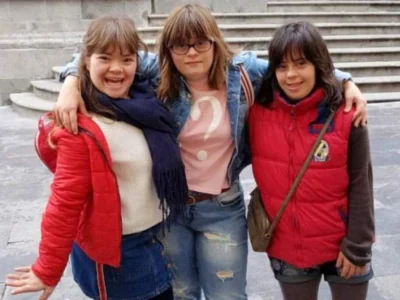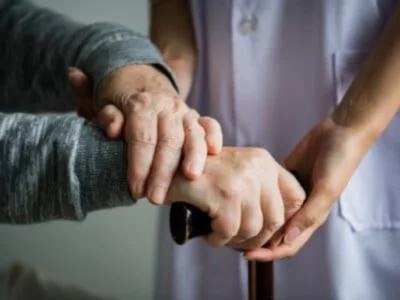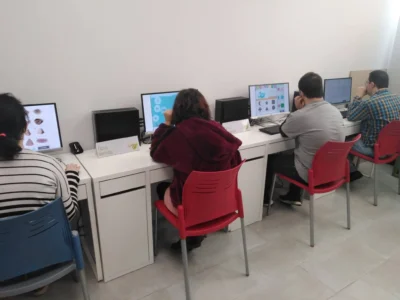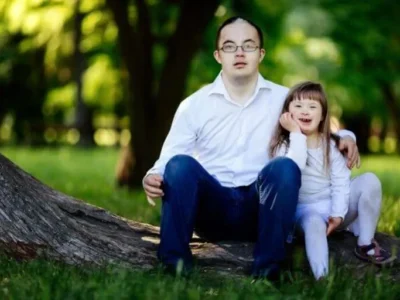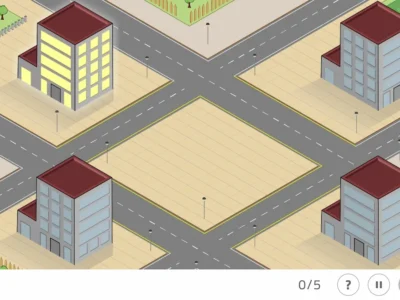It is estimated that worldwide there are approximately 4–5 million people living with Down syndrome.
It affects different aspects of a child’s development starting from the prenatal stage, in which the mother may detect Down syndrome in the results of certain tests.
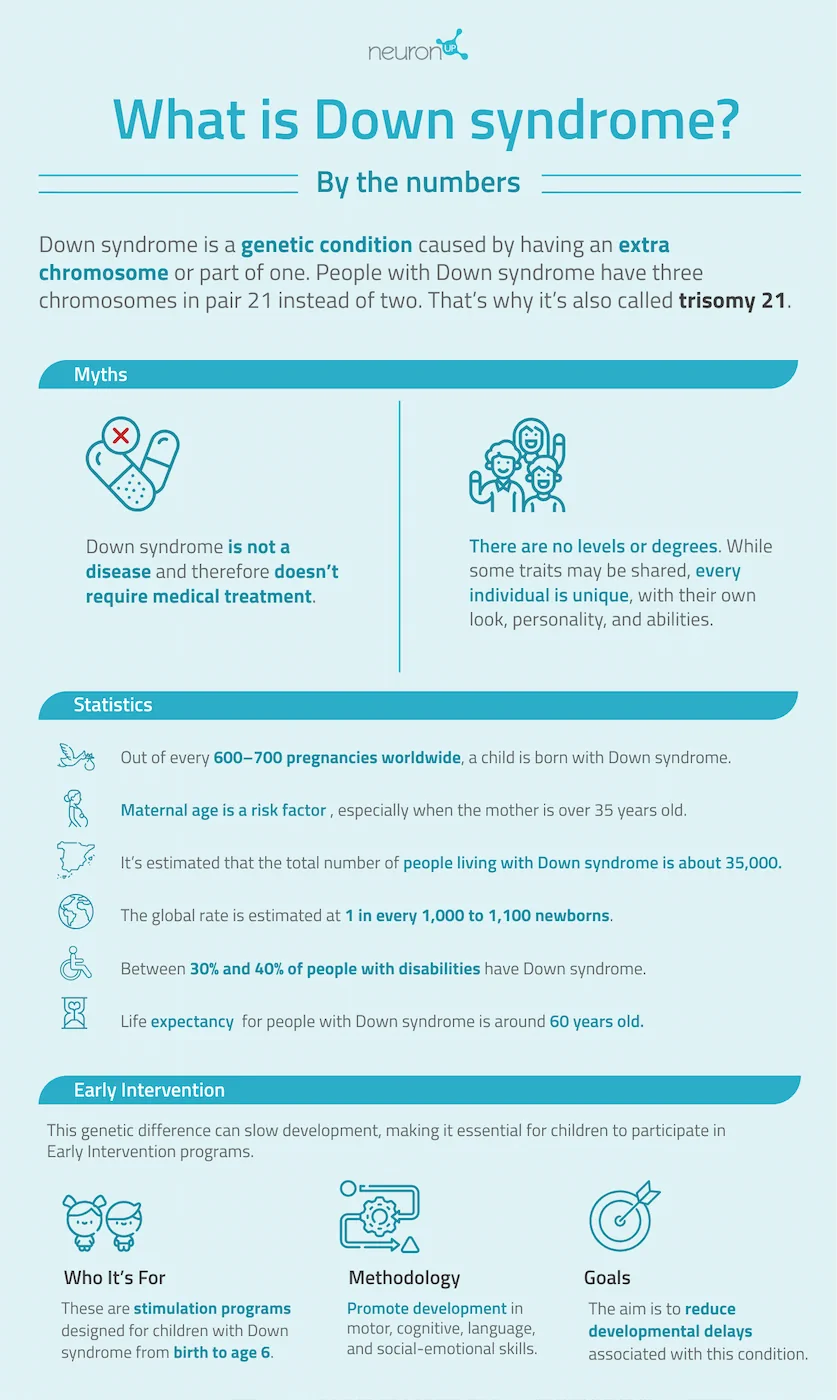
The cognitive changes of this syndrome affect developmental areas such as language and communication, comprehension, and memory.
There is also physical involvement in terms of health, such as more noticeable hypertonia, and gastrointestinal and cardiac problems throughout life.
Treatment for people with Down syndrome is a combination of therapies, medication, and other care. This includes:
- physical therapy,
- occupational therapy,
- speech therapy,
- psychological therapy to improve cognitive functioning,
- specialized medical monitoring to prevent health complications.
Currently, there is no cure for Down syndrome, but an early, appropriate intervention tailored to each child’s needs can help them reach their highest level of functioning. Family and school support are also essential to achieve the best possible quality of life and good development for people with Down syndrome.
- 1. Jain, S., & Thakur, A. K. (2017). Syndrome of Down. International Journal of Advanced Medical Research & Clinical Science., 5(2), 1971-1973.
- 2. Coleman, M., Boucher, J., & Grimwood, K. (2013). An Overview of Down Syndrome. Frontiers in Pediatrics, 1, 81.
- 3. Glasson, E., Fitzpatrick, E., & Howard-Peebles, P. (2019). Down Syndrome. The Lancet, 394(10210), 1517-1527.
- 4. Turner, S. J. (2017). Treatment of Down Syndrome: Strategies for Supporting Early Development and Maximizing Quality of Life. The Scientist, 31(8), 16.
- 5. Devenny, S., Fee, C., & Layte, R. (2008). The Care Needs of Children with Down Syndrome: Perspectives of Carers and Professionals. Developmental Medicine & Child Neurology, 50(3), 199-205.
